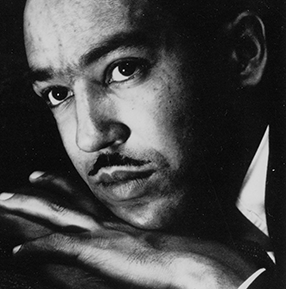A Sneak Peek Into US Primary School English Education: Methods, Goals, and More!
Discover how American kids learn English in primary schools, the education methods used, and their goals for mastering the language.
![]()
We've got the inside scoop on the education methods, goals, and all the other juicy details to give you a sneak peek into the world of English education in US primary schools. Here at NSEO, we use the same teaching methods as US primary schools to ensure your kids get the best English education possible.
Education Methods - Making English Fun and Engaging
1. Phonics and Whole Language Approach: Teachers combine phonics (the connection between letters and their corresponding sounds) with the whole language approach (emphasizing reading comprehension and context) to build a strong foundation for reading and writing.
For example, students might work on blending sounds to read words or use context clues to infer the meaning of unfamiliar words.
There are many resources online for phonics!
2. Interactive Storytelling: Kids love stories! Teachers use storytelling to encourage creativity, imagination, and a deeper understanding of the English language. They often ask students to participate by predicting what happens next or retelling the story in their own words.
A teacher might read a classic fairy tale like "The Three Little Pigs" and have students act out the story using props and costumes.
3. Cooperative Learning: Students work together in small groups to discuss texts, share ideas, and complete language-related tasks. This collaborative approach helps kids practice their speaking and listening skills while fostering a sense of community.
In a cooperative learning activity, students might work together to create a group presentation on a book they've read or collaborate on a creative writing project.

What books do children in the U.S. read? Click here and here to find out!
4. Technology Integration: From educational apps to online resources, technology is increasingly becoming a part of English education. These tools help students practice and improve their reading, writing, listening, and speaking skills in a fun and interactive way. For instance, students might use an app like Epic! to access a digital library of books or participate in a virtual book club with their classmates.
At NSEO, our teachers read books together with the kids and use a variety of interactive materials to create an engaging learning environment. We believe that incorporating these methods helps our students develop a solid foundation in English, just like their counterparts in US primary schools.
English Education Goals - Achieving Fluency and Beyond
![]() American primary schools have clear goals in mind when it comes to English education.
American primary schools have clear goals in mind when it comes to English education.
Here's what they aim to achieve:
1. Reading Fluency: Developing fluent reading skills is essential for understanding texts and expanding vocabulary. Teachers work on improving students' decoding skills, reading pace, and comprehension to boost their overall fluency. An example of a fluency-building activity might include timed reading exercises where students practice reading aloud at a comfortable speed while maintaining accuracy and expression.
Want help building speaking and reading fluency? NSEO teachers are experts with building reading and speaking fluency:
2. Effective Communication: Whether it's through speaking or writing, the primary goal is to help students express their thoughts and ideas clearly and effectively in English. For instance, students might participate in a classroom debate or create a persuasive essay on a topic they're passionate about.
3. Language Appreciation: US schools focus on nurturing an appreciation for the English language by exposing students to diverse literary works, encouraging creative writing, and teaching them about the rich history and cultural significance of the language.
Students might study poetry by Langston Hughes, explore the works of Shakespeare, or write their own short stories to develop a deeper appreciation for the English language.


4. Critical Thinking: Teachers aim to develop students' critical thinking skills by engaging them in activities that require them to analyze texts, draw conclusions, and support their ideas with evidence.
For example, students might analyze a character's actions in a novel, identify the author's purpose in a nonfiction text, or evaluate the effectiveness of a persuasive argument in an editorial.
If you haven't already, be sure to get our free full guide to teaching your own students.



